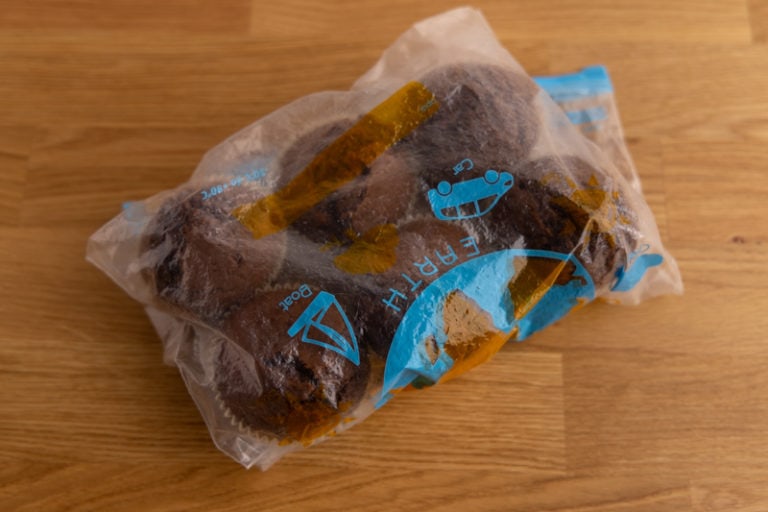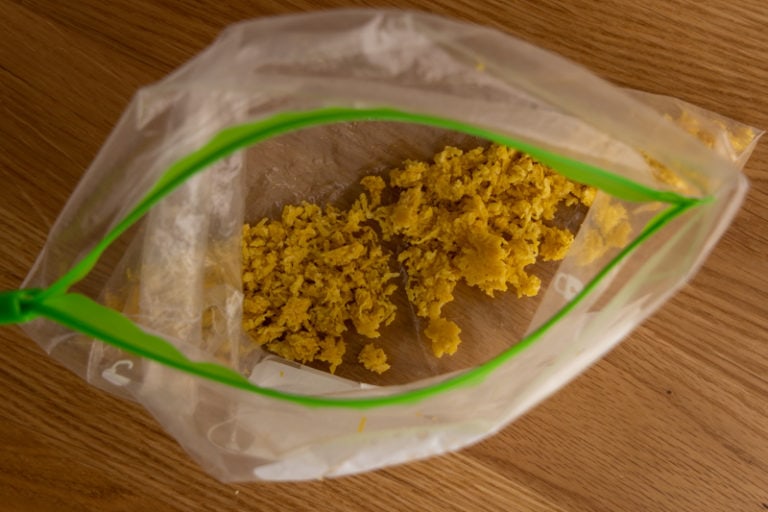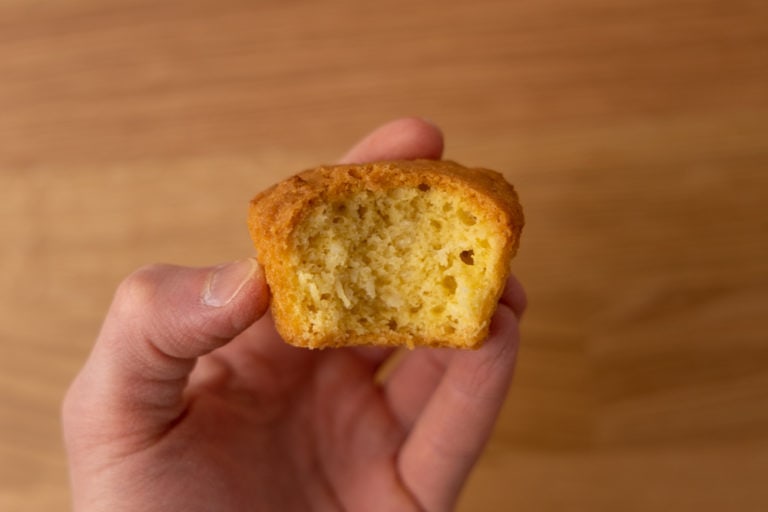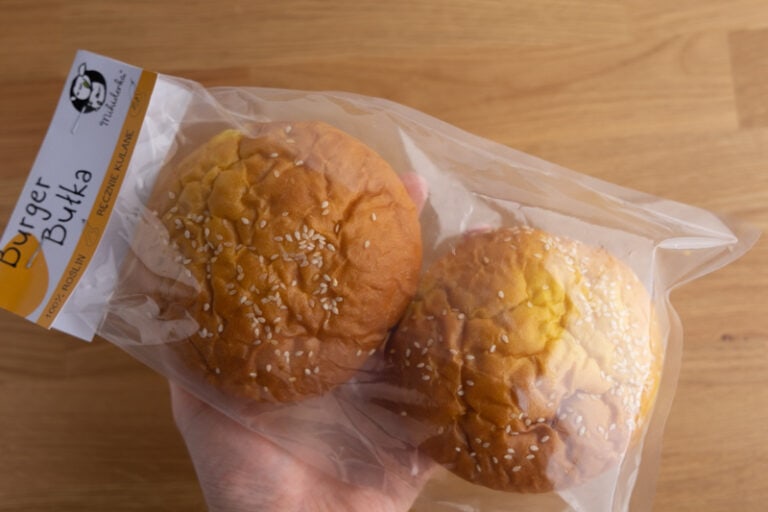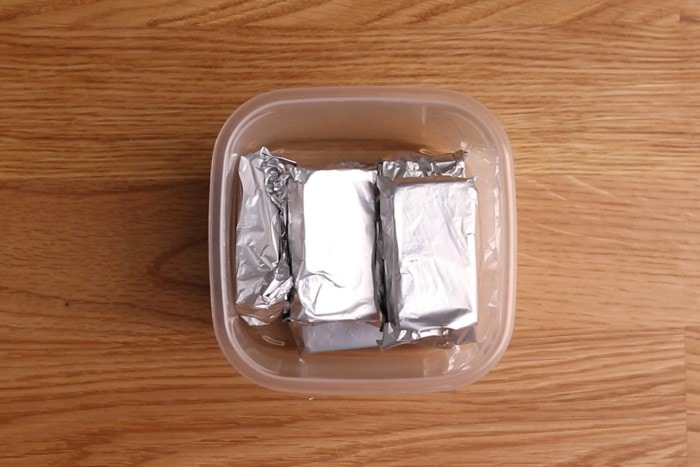Does Coconut Flour Go Bad? [Storage, Shelf Life, Expiration]
Here’s all you need to know about the shelf life, storage, and expiration of coconut flour. Learn how long coconut flour lasts, how to store it, and what are the spoilage signs.
Got a half-open bag of coconut flour that’s been sitting in storage for months, and wondering if you can still use it? Does coconut flour go bad?
Or you’ve just opened a fresh bag and want to know how long it will retain quality and whether you need to refrigerate the leftovers. How long does coconut flour last, and how to store it?
Sounds familiar?
If so, this article is for you. Let’s jump right in.
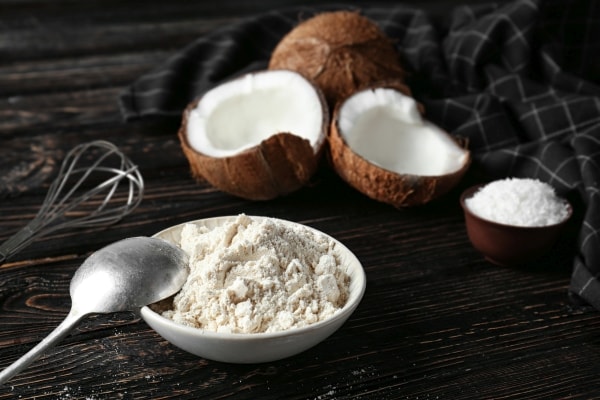
Does Coconut Flour Go Bad?
Coconut flour doesn’t last as long as all-purpose flour. Since it’s made of coconut flesh, its fat content is quite high, and that fat will go rancid if stored for too long or in poor conditions. That’s why some brands recommend storing their coconut flour in the fridge or even freezing it to prolong its shelf life.
(Almond flour goes bad for the same exact reasons and lasts an even shorter period.)
Knowing that, let’s talk about the spoilage signs.
How to Tell if Coconut Flour Is Bad?
Your coconut flour is rancid if it smells off, bitter, or sour, or noticeably darkens from its usual ivory or light cream color. You should also toss it if pantry bugs get to it or if there are any wet clumps or mold in the bag.
Stored for long enough, coconut flour will go rancid, and the best way to tell if yours is rancid is by smelling it.
Coconut flour has a sweet, nutty aroma. And if its pleasant smell turns bitter or even sour, it’s a sign that the nut flour has gone rancid.
The only situation when an odd-smelling coconut flour is okay is when the bag hasn’t been sealed properly and the powdered coconut flakes smell exactly like one of the smelly products nearby. That’s because the flour quickly absorbs odors.
Color change is also an option, but you’d need to store the flour for quite a while for that to happen.
Next, you need to watch out for pantry pests and moisture absorption that will cause wet lumps or mold. Those problems can be avoided by simply sealing the bag or container tightly.
Next, keep you want to keep the product sealed tightly. This way, it cannot absorb moisture or smells from nearby foods, and pantry pests cannot get it. Without a good seal, all of those are on the table.
What about using expired coconut flour?
If the best-by-date has passed and there is no obvious sign of spoilage, your coconut flour is still usable. Many people have used coconut flour past the best-by-date and got great results.
If you’re worried that the flour will ruin your dish, cook a tiny portion and see how things go. If everything is okay taste-wise, the flour is perfectly fine.
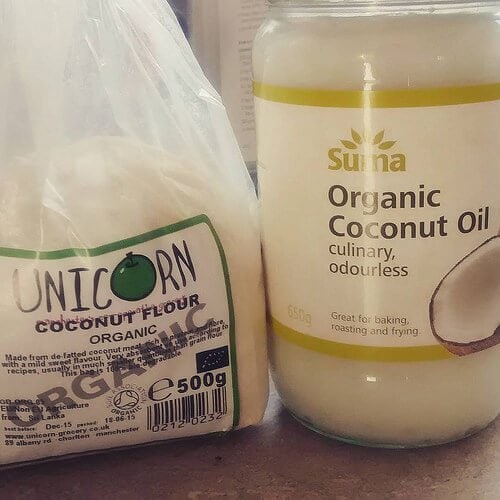
How Long Does Coconut Flour Last?
| Pantry | Fridge | |
|---|---|---|
| Unopened Package | “Best by” + 3 – 6 months | “Best by” + 6 – 12 months |
| Opened Package | “Best-by” | “Best by” + 3 – 6 months |
Unopened coconut flour usually lasts 3-6 months beyond the printed date if stored in the pantry or 6-12 months if refrigerated. If opened early on, it can still last at least up to the best-by date if placed in the pantry or for a few months past it if put in the fridge.
Coconut flour has a longer shelf life than almond flour, typically a year or so after the production date. And it retains quality for at least a couple of months past the printed date if you store it properly.
How fast it deteriorates depends on many factors, but temperature is one of the most important ones. The lower the temperature, the slower the deterioration process, so if the flour is in the fridge or freezer, it can easily last for a few more months or even longer (if frozen).
Can I Use Expired Coconut Flour?
The date on the package usually isn’t an expiration date but a “best by” date. So as long as the flour doesn’t show any signs of spoilage described above, it’s usually perfectly fine to use it.
If the coconut flour seems fine but has been stored in questionable conditions, like half open or in a humid place, consider throwing it out anyway. Better safe than sorry.
After Opening
Open coconut flour typically lasts until the printed date if stored in a cool and dry place or for 3 to 6 months past it if refrigerated. Opening the package shortens the storage time because it exposes the gluten-free flour to fresh air, accelerating the rancidification process.
(Similarly, opening olive oil shortens its storage time.)
So the longer your coconut flour stays open, the worse its overall quality, and the higher the chance it will end up rancid.
That said, you can prolong the time your coconut flour stays okay to use by simply choosing a colder storage spot.
Let’s talk about storage, then.
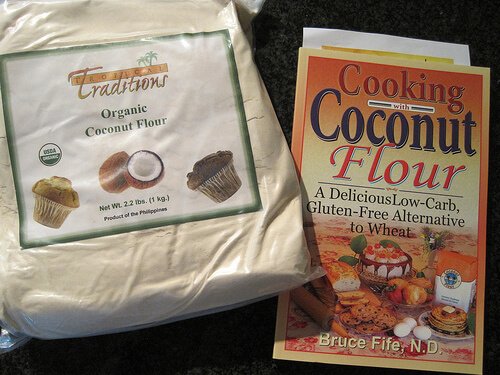
How to Store Coconut Flour
Store coconut flour in a cool and dry place, sealed tightly and away from any heat sources. Storing it at room temperature is perfectly fine, but if you want it to last beyond the printed date, consider refrigerating it.
And if you need the flour to keep well beyond its date, you can freeze it.
The crucial factor for how long your coconut flour will last is the storage temperature.
As mentioned earlier, lower temperatures keep the fat in the coconut from going rancid for longer, therefore extending the shelf life of the flour. That’s why some sources may recommend refrigeration as the best way to store the product for longer.
Next up, you need to protect the powder from absorbing water, smells, and and letting pantry pests in. That’s when resealable bags and airtight containers come in. Of course, if the original packaging is resealable, there’s no need to transfer the leftovers anywhere.
If your coconut flour isn’t resealable, and you don’t feel like transferring the powder to a bag or container, at least roll the top or seal it using a plastic sealing clip.
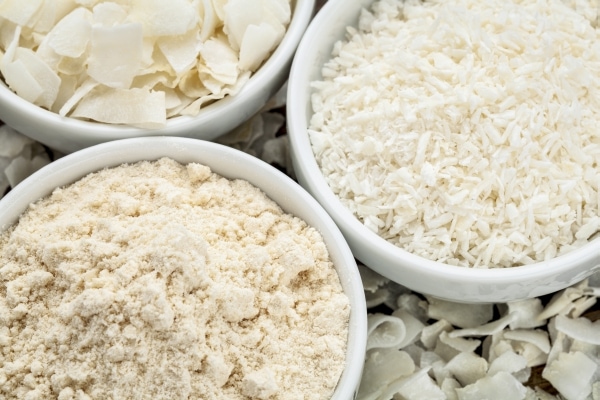
Does Coconut Flour Need to Be Refrigerated?
While storing coconut flour in the fridge is not necessary, it’s the best storage method if you want the flour to last a long time without using up space in your freezer. Make sure your coconut flour is sealed tight in a bag or container, and place it in the fridge, where it will deteriorate more slowly than if stored at room temperature.
But if you typically use up the whole bag of coconut flour within a few months of buying, storing this gluten-free flour at room temperature is perfectly fine.
Can You Freeze Coconut Flour?
Freezing is an excellent method for prolonging the shelf life of this gluten-free flour.
If your coconut flour comes in cardboard containers or plastic packs and they’re still sealed, you can chuck them in the freezer immediately; no additional prep required. But if the packaging is half-open or not sealed tightly, transfer the flour into freezer bags and then freeze.
A tight seal is the only thing that’s necessary to freeze coconut flour. That seal ensures the powder doesn’t absorb moisture or pick up smells from the freezer. In other words, it helps the nut flour maintain freshness.
As usual, it’s a good idea to add a label with the product’s name and the freezing date for future reference.
Finally, let the flour come to room temperature before mixing it with other ingredients. That’s because most pancakes, muffins, cakes, and other dishes come out best when all the ingredients are at room temperature before mixing the batter.
(That’s why recipes often recommend using room-temperature eggs.)
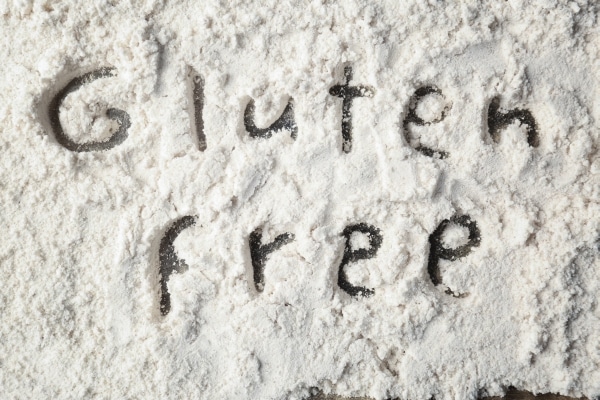
How to Use Up Leftover Coconut Flour?
One day I figured I was going to eat healthier, and I bought a bunch of coconut flour. It turns out that making great pancakes with coconut flour only isn’t that easy, and I came back to using regular flour.
The coconut flour was sitting in the cabinet for quite some time, and then I learned that you could easily substitute some of the normal flour with coconut flour in many recipes. Since then, I add a tablespoon or two of coconut flour here and there (and to my pancakes, too!), and I’m slowly going through my supplies.
If you’re not quite sure how to use that coconut flour that’s sitting in the cabinet for quite a while, you can do the same.
Rotten Records: Share Your Snap!
Caught some food past its prime? Upload your photo to “Rotten Records” and help others spot the signs of spoilage. Every image makes our food community safer and more informed!

